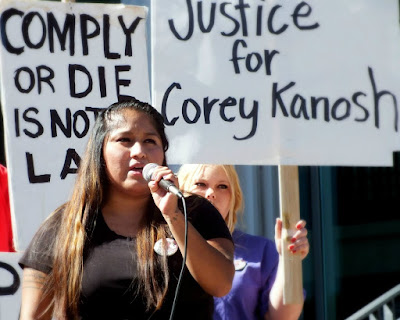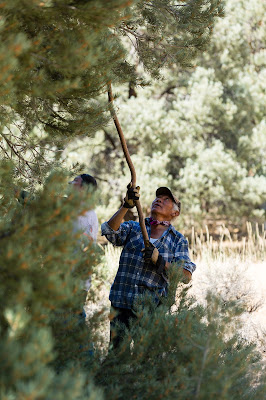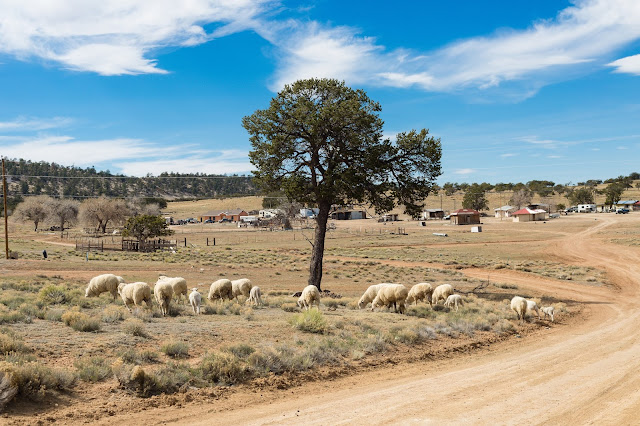Joseph Zummo’s Favorite Indian-Country Photos of 2016
H e re are some of photographer Joseph Zummo’s favorite images, among the many he took for stories reported in Indian country during 2016. T he photo above and the first three photos below come from a December trip to traditional Standing Rock Sioux territory in North Dakota, where tribal members and others have rallied against the Dakota Access Pipeline’s planned route across the Missouri River. Calling themselves water protectors, they said this would endanger the tribe’s water supply and had already destroyed burial grounds and sacred sites. The group faced increasingly violent responses from law enforcement and the pipeline company’s private security contractors; the demonstrators were beaten with batons, maced, tear-gassed and shot with concussion grenades and rubber bullets. Hundreds were arrested, and more than 100 were hospitalized. Above, on the day the U.S. Army Corps of Engineers withdrew permission for the pipeline to proceed, children played with bright green f




